The art of bread-making hinges on understanding the subtle language of dough fermentation. Among the most reliable indicators of proper fermentation are volume expansion and the finger dent test – two techniques that transcend recipe formulas and baker’s intuition. Mastering these methods unlocks consistent results, whether crafting rustic sourdough or delicate brioche.
The Science Behind Dough Expansion
As yeast metabolizes sugars, it produces carbon dioxide gas trapped within gluten networks. This internal pressure causes dough to rise in a measurable way. Professional bakers often track volume increase rather than strict timings since environmental factors dramatically impact fermentation speed. A well-developed dough typically doubles or triples in size during bulk fermentation, with the exact multiplier depending on flour protein content, hydration levels, and desired crumb structure.
Seasoned bakers assess expansion through container markings or aliquot jars – small samples separated from the main batch. The jar method eliminates guesswork when dealing with irregularly shaped doughs. Under-fermented dough lacks sufficient gas production, resulting in dense textures, while over-fermented dough exhibits excessive stretching with visible surface bubbles, often collapsing under its own weight.
The Finger Dent Test Decoded
This centuries-old technique remains indispensable because it evaluates structural integrity beyond mere volume. When gently pressing a floured finger about 1-2 cm into the dough’s surface, the ideal fermentation window reveals gradual but incomplete spring-back. The indentation should persist at about 30-50% of its original depth, indicating balanced gas retention and gluten strength.
Dough that springs back completely suggests under-development, requiring more fermentation time. Conversely, if the depression remains without any rebound, the dough has exhausted its gluten resilience – a telltale sign of over-fermentation demanding immediate shaping or baking. Humidity and dough temperature significantly influence these reactions, necessitating adjustments in warmer kitchens where fermentation accelerates.
Interpreting Combined Signals
Volume expansion and finger tests work synergistically. A dough tripling in size with perfect finger test results may still fail if the gluten network weakened during excessive expansion. Artisan bakers develop a sixth sense for reconciling these metrics – perhaps accepting slightly less expansion in high-hydration doughs that demonstrate excellent elasticity during the dent test.
The tests’ reliability varies across dough types. Enriched doughs with eggs and butter exhibit different expansion patterns than lean doughs. Rye flour’s limited gluten formation makes volume assessment less dependable, placing greater emphasis on the finger test’s tactile feedback. Sourdough’s slower fermentation allows more margin for observation compared to commercial yeast’s rapid activity.
Practical Applications in Different Methods
No-knead doughs demand particular attention to these indicators since minimal gluten development makes them prone to over-fermentation. The finger test often shows faster readiness than volume suggests in such cases. Conversely, intensely kneaded doughs may achieve substantial expansion while still requiring more fermentation for flavor development – a nuance visible in the finger test’s persistent rebound.
Retarded fermentation (cold proofing) introduces another layer of complexity. Dough expands more slowly in refrigeration, but enzymatic activity continues. Bakers often combine a preliminary room-temperature expansion assessment with periodic finger tests during cold proofing to catch the optimal window before acetic acid production becomes excessive.
Troubleshooting Through Observation
Persistent problems with these tests often trace to ingredient or handling issues. Dough that expands rapidly but fails the finger test may contain old yeast producing CO2 faster than gluten can mature. Whole grain flours typically show less expansion despite proper fermentation due to bran interference, making the finger test more authoritative. Salt levels dramatically impact these indicators – under-salted dough ferments unpredictably while over-salted dough suppresses activity across both metrics.
Environmental factors like drafty kitchens cause uneven fermentation, manifesting as contradictory results between the dough’s exterior and center. Some bakers perform multiple finger tests across the dough’s surface when such conditions are unavoidable. Steam during baking can partially rescue under-proofed dough but never compensates for over-fermentation’s irreversible structural damage.
Advanced Interpretation Techniques
Professional bakers layer additional observations onto these fundamental tests. The "windowpane test" – stretching a small dough sample to check for translucent gluten membranes – complements volume assessments. Listening to fermented dough’s acoustic properties when tapped provides auditory clues about gas distribution. These methods form a diagnostic toolkit where volume and finger tests serve as the foundational vocabulary.
Documenting expansion rates and finger test results across batches builds invaluable personal benchmarks. A baker might note that their 75% hydration wheat dough achieves ideal characteristics at 2.8x expansion with 40% dent retention after five hours at 24°C. Such specificity transcends generic recipes and elevates consistency.
The marriage of these ancient techniques with modern understanding empowers bakers to navigate fermentation’s variables confidently. While precision instruments can measure exact gas production, the baker’s senses – interpreting volume and resilience – remain the most versatile tools for crafting exceptional bread across changing conditions and diverse formulas.
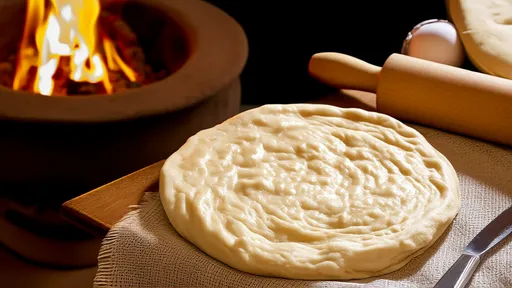
By /Jun 18, 2025
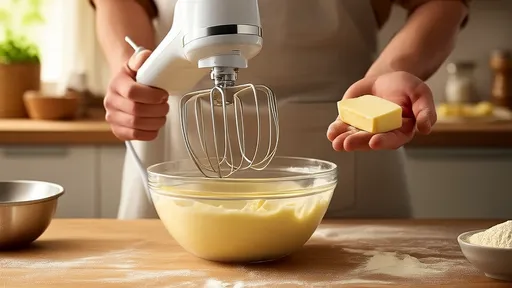
By /Jun 18, 2025
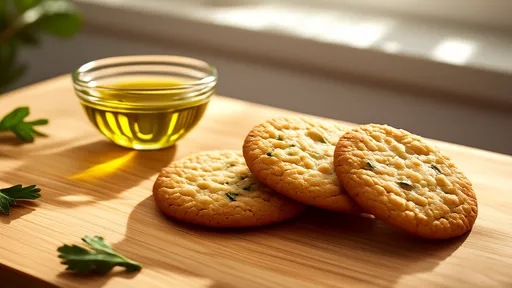
By /Jun 18, 2025
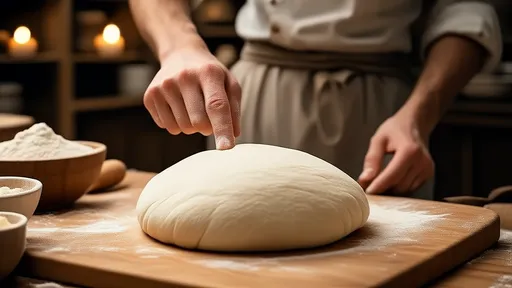
By /Jun 18, 2025
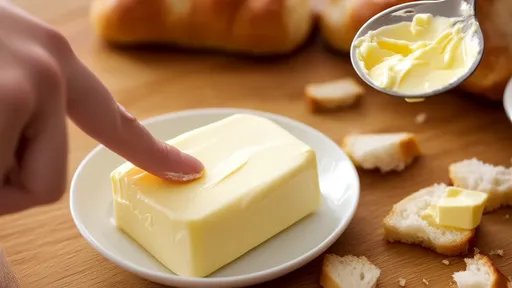
By /Jun 18, 2025

By /Jun 18, 2025

By /Jun 18, 2025
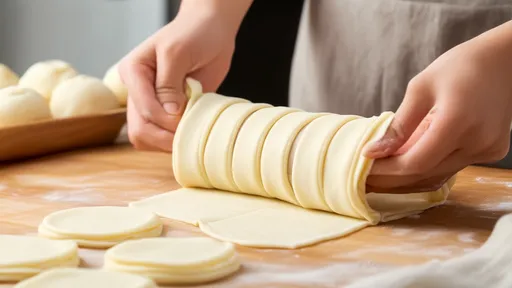
By /Jun 18, 2025
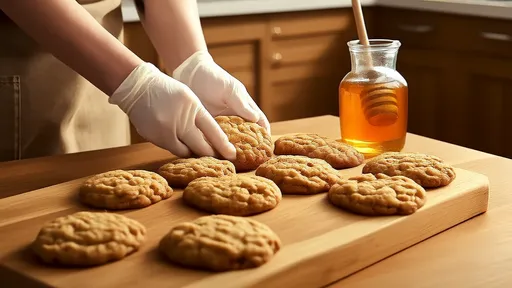
By /Jun 18, 2025
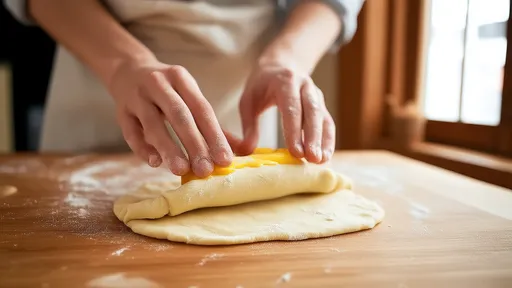
By /Jun 18, 2025
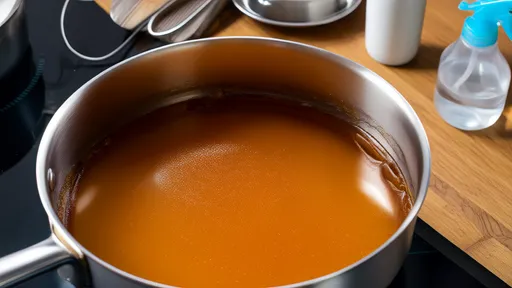
By /Jun 18, 2025
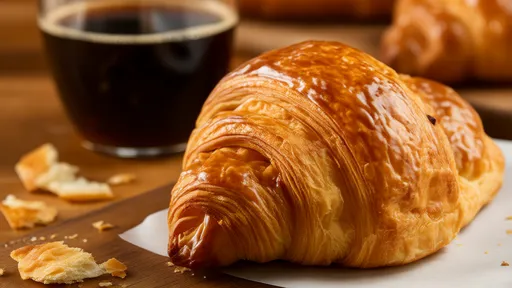
By /Jun 18, 2025
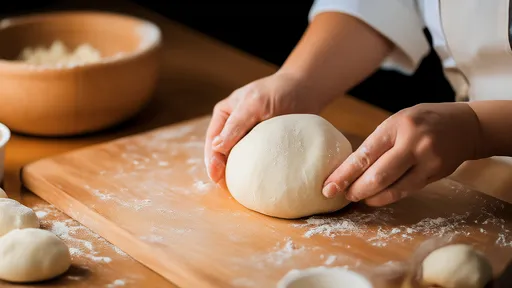
By /Jun 18, 2025
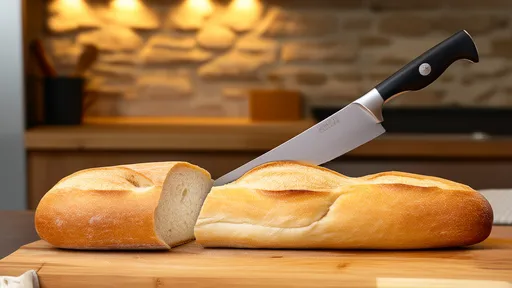
By /Jun 18, 2025
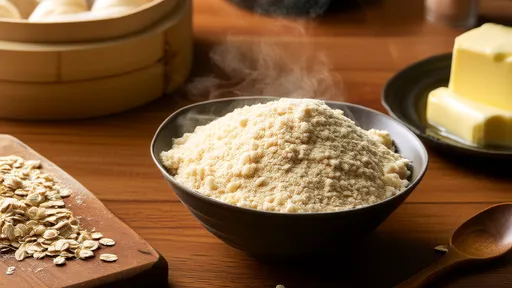
By /Jun 18, 2025

By /Jun 18, 2025
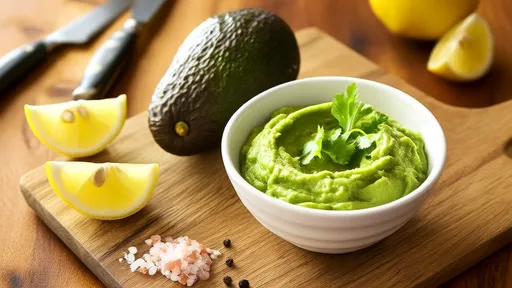
By /Jun 18, 2025